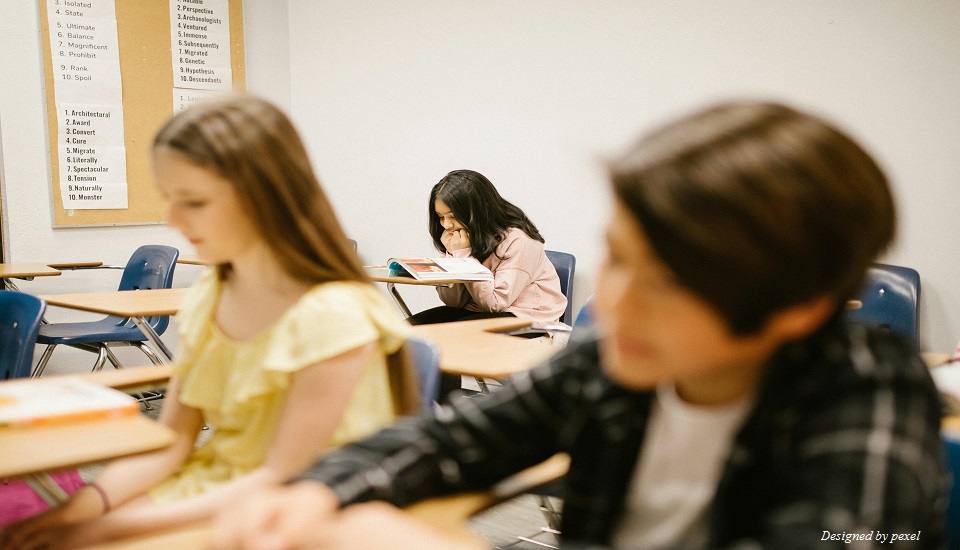8 Effective Ways to Help New Students Settle into Your School
20th May 2025

Starting fresh at a new school can be overwhelming for students, especially during middle and high school. And teachers are the first faces they see and the first people they rely on to feel safe, seen, and supported.
Those teachers who are trained through Online Diploma in Teaching Program are better prepared to recognize these transition challenges and respond with empathy and strategy. With the right support, teachers can help new students feel seen, supported, and settled from the very first week.
In this blog post, we will be exploring some of the effective and innovative ways for every teacher, with which you can help new students to feel comfortable and well-settled.
Understanding the Transition Challenges of Students
Transitioning to a new school can be a daunting experience for new students and it can bring anxiety, stress and the feeling of being outsider. Students may worry about making friends, understanding class schedules, or just finding their way around. Teachers who recognize these silent struggles can play a powerful role in helping students feel safe, seen, and supported.
8 Effective Ways to Help Students Settle At Their New School
Let’s get to know how you can help your unsettled new students feel more than welcome in school so that not only they feel comfortable but thrive:
1. Building a Sense of Belonging
New students often feel like outsiders. Teachers can change that by:
- Pairing them with peer buddies
- Encouraging group projects early on
- Inviting them to share about their old school or hobbies
Even small gestures, like- greeting them by name, can build trust and inclusion.
2. Outdoor Activities & Team-Building Games
Outdoor experiences are more than just fun, they help to build connections.
You can ask, how?
Well, you can start organizing activities such as:
- Trust games
- Group hikes
- Overnight camps
All these activities will give students the opportunity to bond with their classmate in a enjoyable environment with ease. For schools that can’t go offsite, simple activities like scavenger hunts or relay games on the school grounds work wonders.
3. Introducing Students to School Culture
Helping students understand school culture goes beyond rules and schedules. Teachers can:
- Host a “club fair” where students explore extracurricular options
- Create informal chat spaces in class to share music, books, or weekend plans
- Encourage participation in events like talent shows, art exhibitions, or debate teams
These moments make school feel less like a system and more like a community.
4. Designing Engaging Orientation Activities
A warm welcome can reduce your new student anxiety dramatically.
You can consider implementing thoughtful orientation ideas like:
- Classroom tours by student volunteers
- Icebreaker circles to introduce classmates
- Postcard messages from senior students welcoming newcomers
A relaxed, welcoming tone makes it easier for students to ask questions and be themselves.
5. Using Non-Academic Time to Build Comfort
Not all student connection happens during lessons.
Teachers can dedicate 5–10 minutes for:
- Group discussions on fun topics
- “Show and tell” activities
- Throwing around a beach ball with silly or reflective questions
- Journaling or drawing about their first-week experiences
These moments help students open up, laugh, and relate to each other without pressure.
6. Facilitating Meaningful Friendships
Helping new students make friends can be intentional.
- Assigned seating can mix students and encourage new interactions
- Buddy systems pair new students with welcoming peers
- Group tasks promote teamwork and shared achievements
Teachers should also recognize the value of existing friendships and give students the chance to sit or work with someone familiar, especially in the first few weeks.
7. Reflection Exercises That Boost Confidence
Teachers can help students reflect on their new journey by:
- Asking them to write letters to their future selves
- Sharing stories from past students who struggled but succeeded
- Encouraging peer-led mentoring or goal-setting sessions
These activities help students realize they’re not alone and that adjustment is a process.
8. Getting Students Involved in After-School Clubs
Clubs are a powerful way for students to connect through shared interests. Teachers can:
- Recommend clubs based on student interests
- Personally introduce new students to club leaders
- Invite them to sample club meetings before joining
From sports to music to science clubs, these communities give students a sense of purpose and often, a group of friends who “get” them.
Final Thoughts
Helping new students feel at home doesn’t require big budgets or complex systems, it starts with empathy, creativity, and consistent connection. When teachers take the time to build belonging, encourage friendships, and make school fun, students settle in faster and thrive long-term.
Educators who pursued programs like the International Teaching Diploma Course online are equipped with practical strategies to support students during transitions. These tools empower teachers to not just teach, but to transform lives from day one.
